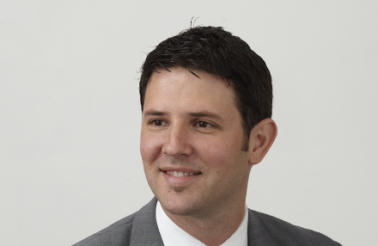Diversity on the board is not a question of sex or skin colour, says Kai Adams. It is about a breadth of effective thinking.
Diversity matters. Its role in better decision-making is well-documented. But across the voluntary sector, board diversity doesn’t seem to be happening. Progress, if it can be called such, is painfully slow. Circa 8 per cent of trustees are non-white. Some 44 per cent of chairs are over 65. And 64 per cent are male. For a sector that exists to address structural inequalities within society, the case is hardly being made for equality and inclusion.
Part of this issue may be a rather ‘paint by numbers’ approach to diversity. By this I mean a focus on one, usually visible, characteristic rather than a careful consideration of a different range of indicators which bring diversity of thought and outlook. We must become far more sophisticated about what we want diversity for and how we address board composition as a result.
There is a tendency to avoid “risks” when making board appointments. As custodians of the organisation, chairs will rightly think about its reputation. However, when reputation is too closely attached to a “small-c” conservative proposition – a tendency to appoint people who act like us – this can be unhelpful. In short, we want people from minority groups, but only those who think like us. Perhaps we need to look at the equation again and suggest the next trustees need to be a pain in the neck.
This is in turn closely linked to the focus placed on a traditional notion of corporate governance, measured by financial, fiduciary, legal, risk and compliance instruments. Such a focus has led charities to think they have got to be more “businesslike” to be more effective, then translated this into “getting someone from business”. That tends to mean white, older men.
I don’t argue with the need for greater commercial nous. It is critically important. And I certainly don’t argue for disregarding current governance structures. But the model itself has its limitations if we view it against the backdrop of greater scepticism and falling trust.
For that reason, we must add a new dimension to the governance model: stewardship. Stewardship involves a better understanding of what the customer’s concerns are, what they think and what questions they want answers to. It involves representing your audience better.
But how can we ask the right questions if the board isn’t representative? If it isn’t diverse both in the way it looks and – even more importantly – in the way it thinks? Without this diversity of thought and experience, the sector lacks the requisite levels of rigour and reflection required at senior levels.
It is at board level where there should be insight and challenge, ownership and accountability. It is the board who must recognise the potential gaps between what the organisation says and what it does. It is at board level where difficult questions should be asked and addressed.
The wider the pool of talent throughout your organisation, starting with the board, the more chance you have of viewing strategic concerns from fresh points of view. The more differentiated the group, the more differentiated the questions asked and the solutions offered.
Having a diverse talent pool also gives you a more sophisticated understanding of your marketplace. In an increasingly scrutinised, regulated and competitive world, knowing your audience and how you differentiate yourself is critical.
Take a look around your board table. Which is the next vacancy coming up? It is an opportunity to think differently. To gain a competitive edge. To deliver the impact your customers demand. To diversify. To lead.
Kai Adams is charities and social enterprise partner at Green Park.









